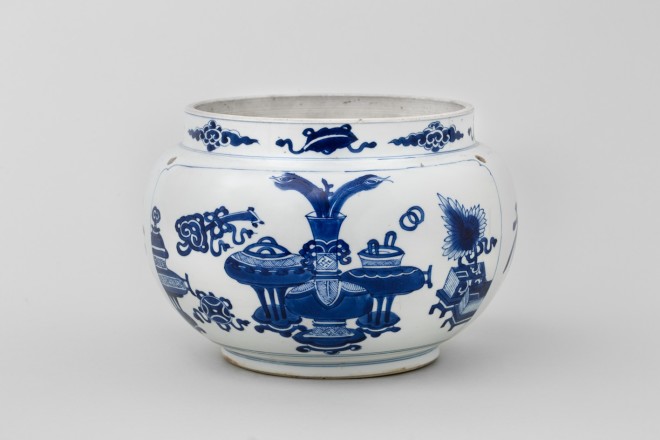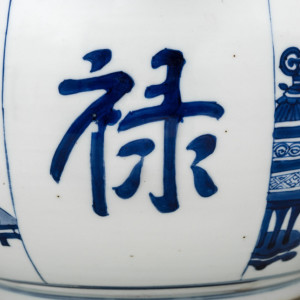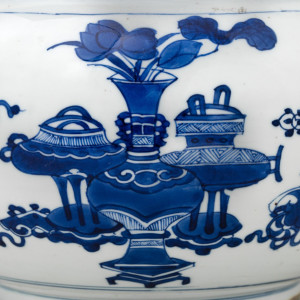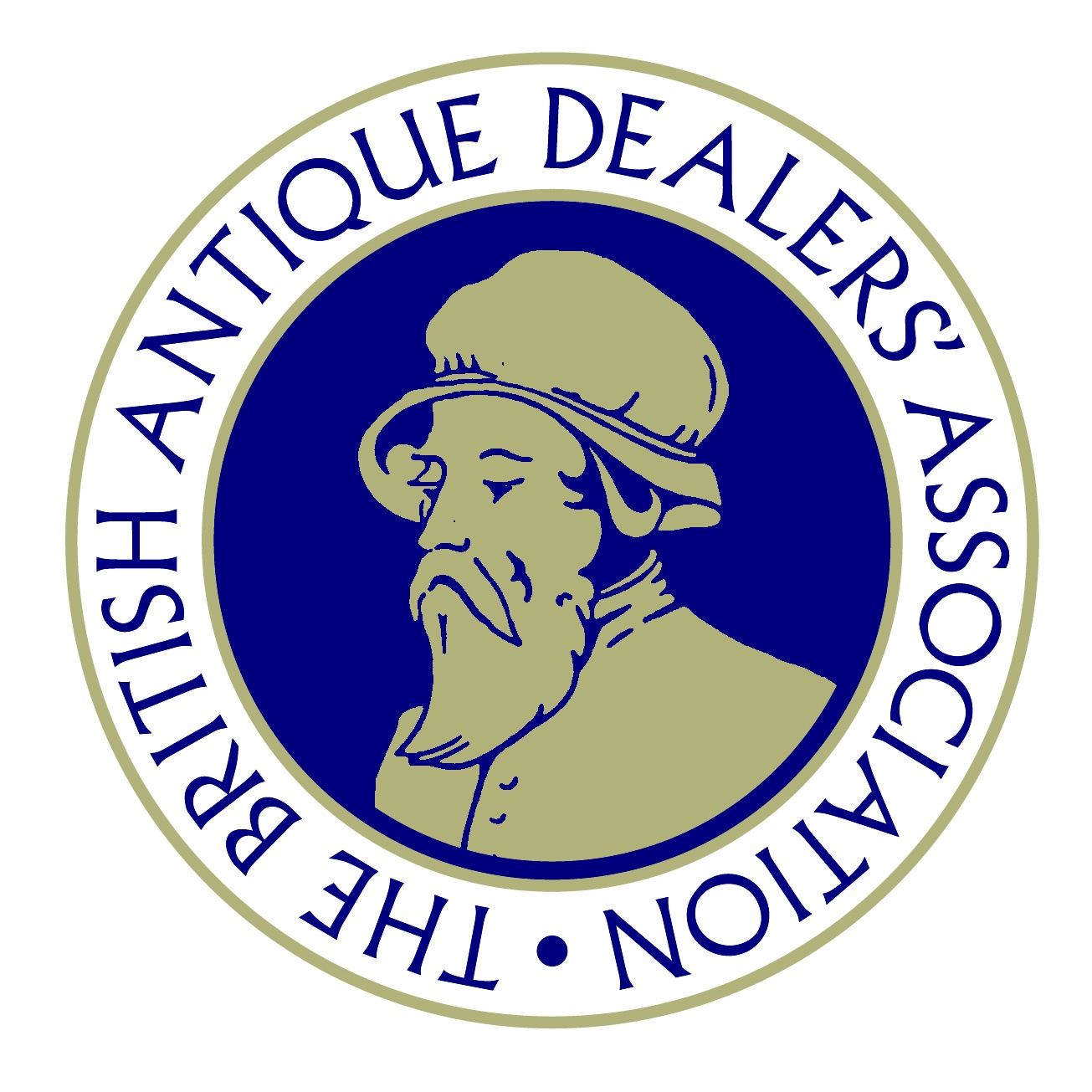AZ82
Further images
Of bulbous form and short straight neck, painted in brilliant shades of underglaze blue enamels with on the sides two large shaped panels decorated with antiques and auspicious symbols, in between each panel a boldly drawn Fu-character above on both sides which two small holes are drilled, the neck with Buddhist emblems, the base glazed.
Object number: AZ82
Provenance
Captain Nils Gustaf von Heidenstams collection
Literature
For an example of the same shape but mounted in silver and with a cover see Christiaan J.A. Jörg in collaboration with Jan van Campen, Chinese Ceramics in the Collection of the Rijksmuseum, Amsterdam, published by Phillip Wilson and the Rijksmuseum Amsterdam, London and Amsterdam, 1997, pl. 105, p. 109. Here Jörg discusses how this form is rare and closely related to similar jars found in the Hatcher wreck of c. 1643. He also discusses how the small holes on either side were made before firing to attach simple Chinese bronze or silver mounts and may have served as censers, these existing openings were then used by the Dutch silversmiths for their more elaborate silver mounts. This shows that the holes were drilled at the time of manufacture and mounted both in China and in Europe.






